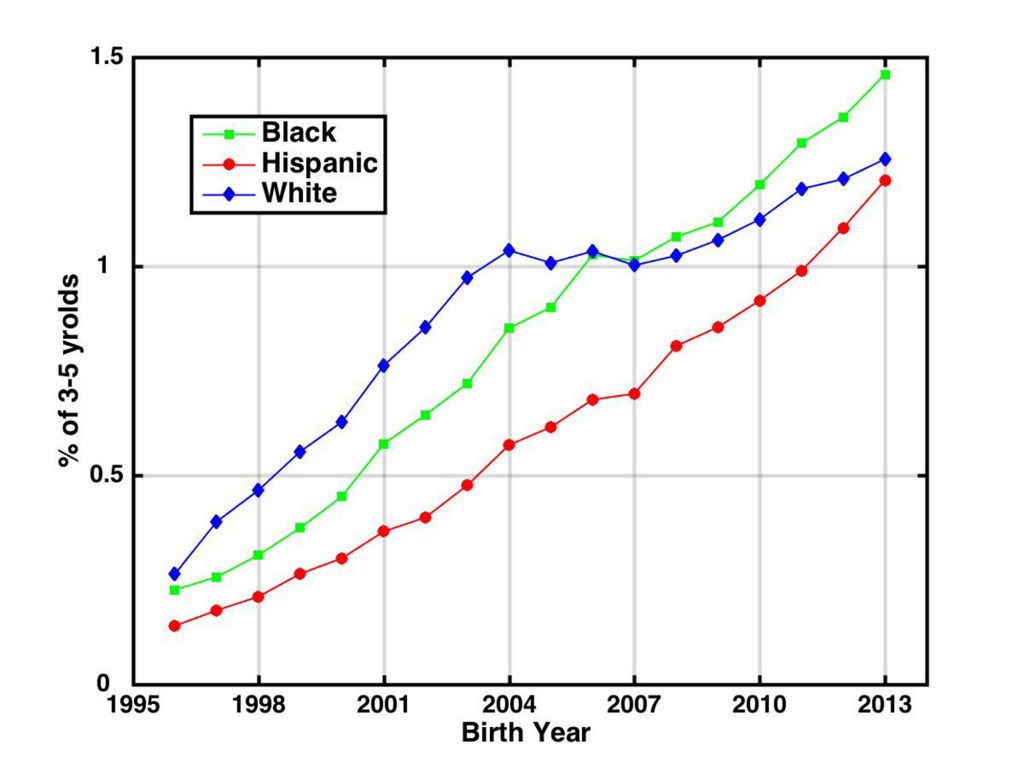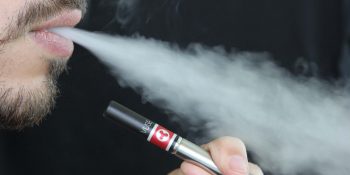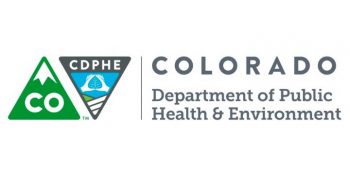PUEBLO — The Colorado Mental Health Institute at Pueblo (CMHIP) began construction last month on a unit that will add 24 beds to the state’s forensic hospital. Adding beds to the state hospital in Pueblo is part of a coordinated strategy to ensure patients are able to access competency services in a timely manner.
The 24 beds will be within CMHIP’s High Security Forensic Institute building and are expected to open in November 2020. The project budget is $7 million.
The 24 beds are part of a total 128 beds being added this summer through December 2021:
On June 3, the Forensic Services Jail-Based Evaluation and Restoration team opened a second location for jail-based competency evaluation and restoration services, adding 18 beds at the Boulder County Jail. ($2.2 million)
We are in the process of construction and modifications at CMHIP that will lead to a medium-security restoration to competency unit, increasing CMHIP’s capacity by 42 beds with an estimated opening in December 2019. ($844,000)
The Colorado Mental Health Institute at Fort Logan’s F2 & F3 Cottages will be renovated to add 44 beds, increasing the hospital’s capacity by almost 50 percent with an estimated completion date of December 2021. The additional beds will be dedicated to restoration, while the hospital’s current 94 beds will remain dedicated to civil patients. ($17.8 million)
In March, the Department reached an agreement that resolved an eight-year-old federal lawsuit over wait times for court-ordered competency services by expanding community-based services, providing treatment for people in jail waiting for services, and expediting inpatient services for Coloradans experiencing a serious mental health episode.
“These beds are important to expand the state’s capacity to serve people who are awaiting trial and need inpatient competency services,” said Robert Werthwein, director of the Department’s Office of Behavioral Health, which oversees the mental health institutes. “Adding beds is part of a larger solution that includes an expansion of community-based services in an effort to better serve people in our state.”
The Department is also working through the Behavioral Health Task Force and the Long Term Competency subcommittee, which was created by Governor Polis, to develop a comprehensive plan for individuals in the criminal justice system who have been found incompetent to proceed, and on future solutions to increase community interventions as a means to reduce demand on forensic solutions to mental health.
SPREAD THE NEWS
COMMENT, Like, Follow & SHARE @I70Scout
CURRENT EDITION
WEATHER & TRAFFIC PUZZLES RECENT NEWS ADVERTISE WITH US










